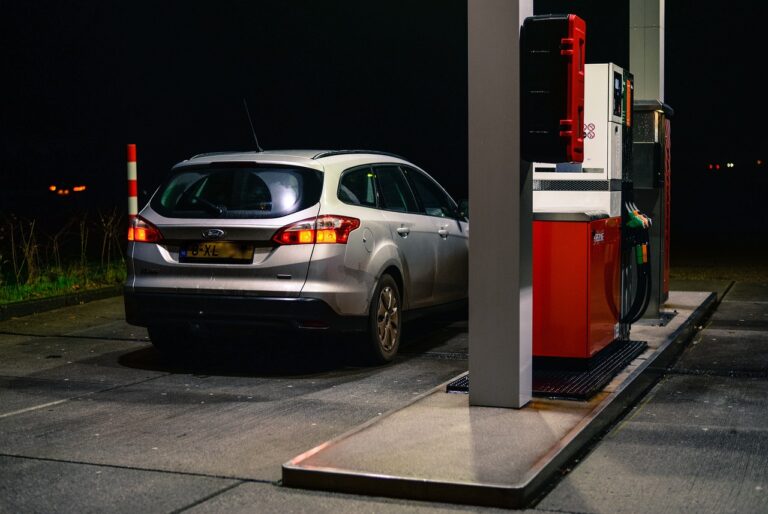The Evolution of Automotive Emissions Control Systems: From EGR to SCR
Lean burn technologies have been instrumental in the ongoing efforts to reduce harmful emissions from internal combustion engines. By optimizing the air-fuel ratio to favor a lean mixture, these technologies enable more complete combustion, leading to lower levels of pollutants being released into the atmosphere. This approach not only helps in reducing greenhouse gas emissions but also plays a crucial role in meeting stringent emission standards set by regulatory bodies worldwide.
Furthermore, the implementation of lean burn technologies in vehicles has also resulted in improved fuel efficiency, making it a win-win solution for both the environment and consumers. As automakers continue to innovate and enhance these technologies, we can expect to see further reductions in tailpipe emissions across a wide range of vehicles, from passenger cars to commercial trucks. This evolution towards cleaner and more efficient transportation represents a positive step towards a more sustainable future for the automotive industry.
Future Trends in Automotive Emissions Control Systems
One major trend shaping the future of automotive emissions control systems is the increasing shift towards electrification. With the rising focus on reducing greenhouse gas emissions, many automakers are investing heavily in the development of electric vehicles (EVs) and hybrid vehicles. These alternative powertrains offer the potential for substantial reductions in harmful emissions compared to traditional internal combustion engines.
Another prominent trend in the automotive industry’s approach to emissions control is the expansion of emission regulations and standards worldwide. As governments and environmental agencies tighten their grip on emissions limits, manufacturers are pressured to innovate and implement advanced emission control technologies to meet these stringent requirements. This push for cleaner vehicles is driving the adoption of more sophisticated systems such as selective catalytic reduction (SCR) and gasoline particulate filters (GPFs) to achieve lower emissions levels across a wide range of vehicles.
What are some of the key future trends in automotive emissions control systems?
Some key future trends include the increased use of lean burn technologies, advancements in exhaust aftertreatment systems, and the integration of electrification and hybrid technologies.
How do lean burn technologies help reduce emissions in vehicles?
Lean burn technologies optimize the air-fuel mixture in the engine, leading to more complete combustion and lower emissions of harmful pollutants like nitrogen oxides (NOx) and hydrocarbons.
What are some examples of exhaust aftertreatment systems being developed for reducing emissions?
Examples include selective catalytic reduction (SCR) systems, diesel particulate filters (DPF), and lean NOx traps (LNT) that help reduce emissions of nitrogen oxides, particulate matter, and other pollutants.
How are electrification and hybrid technologies being integrated into emissions control systems?
Electrification and hybrid technologies help reduce emissions by enabling the use of electric power for propulsion, regenerative braking, and enhanced energy management, leading to lower fuel consumption and emissions.
What are some of the challenges faced in implementing future trends in automotive emissions control systems?
Challenges include cost considerations, regulatory requirements, infrastructure development for alternative fuels, and the need for continued research and development to improve the effectiveness of emissions control technologies.







